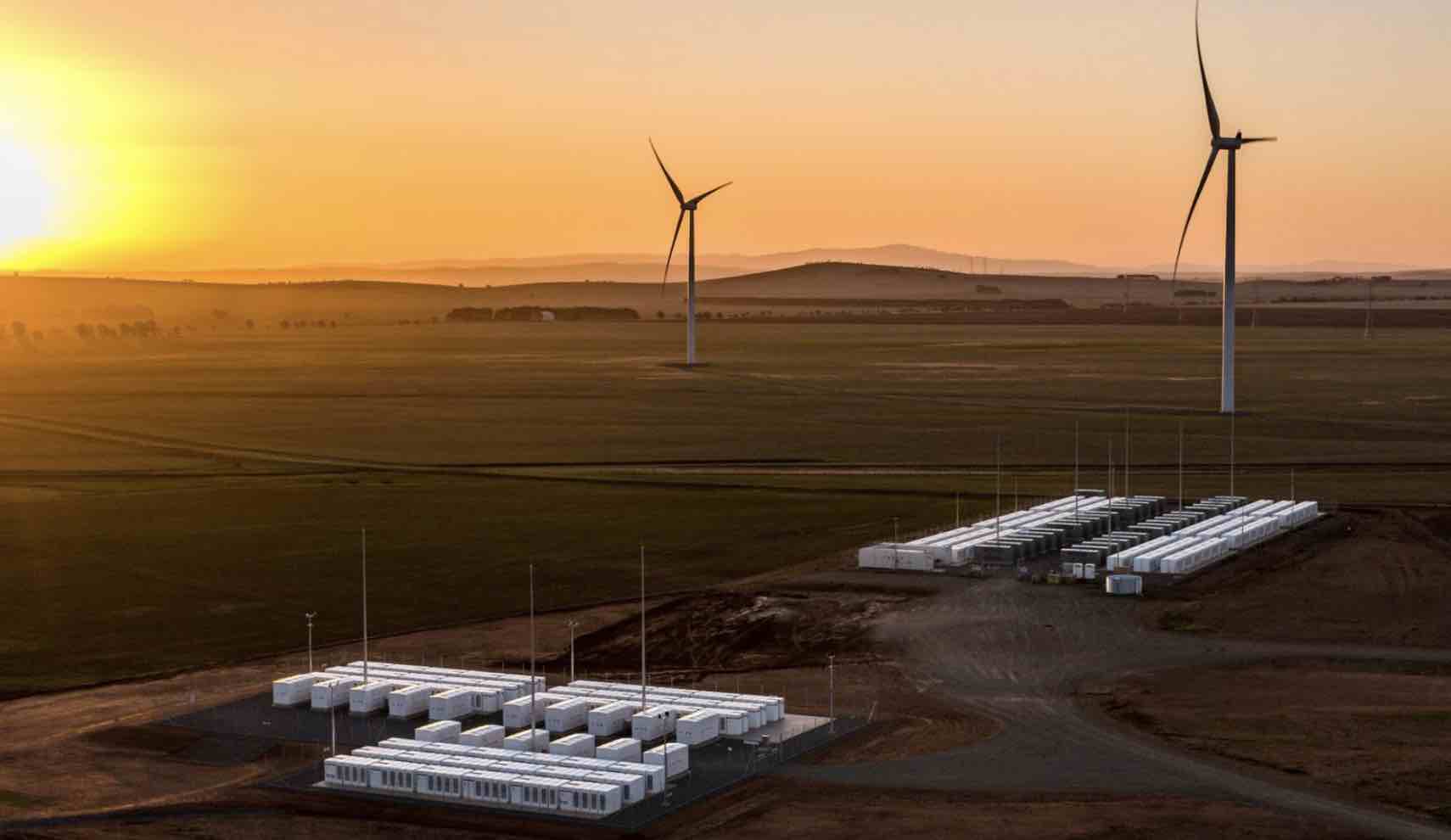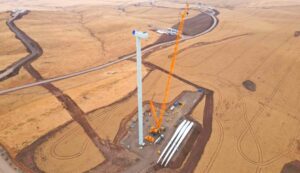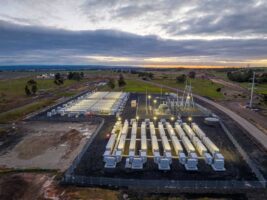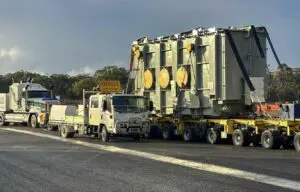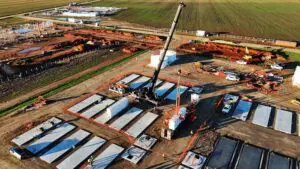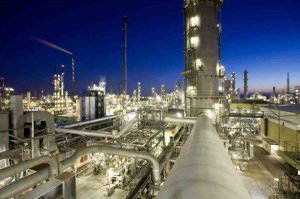The net zero energy transition remains vigorously debated. Apparently, we still haven’t settled some of the most important questions.
These questions include:
- What do we do when the wind isn’t blowing, or the sun isn’t shining?
- How much storage do we need to run an 80%, 90% or 100% renewable energy system? Can we even get to 100% with renewables and storage alone?
- And how much would all that cost?
Answers to these questions require many assumptions about an uncertain future, fed into complex computer models, which can only be run by experts. Surely, a perfect recipe for debate! How then could an interested but not necessarily expert person form their own views and better understand ‘what you need to believe’ for any given answers to be true?
A good starting point is AEMO’s Integrated System Plan (ISP). It was originally designed to identify the transmission projects required for a least cost electricity system transition. It has since been used to answer many more questions, including the above ones.
AEMO tells us renewables firmed with storage and backed-up by gas powered generators are the most cost-effective way to replace our ageing coal generators. And those firmed renewables can keep the lights on, even if the wind isn’t blowing or the sun isn’t shining.
Case closed? Not quite yet! All answers heavily depend on assumptions grouped into three core scenarios. AEMO arguably goes through the most comprehensive national consultation process to arrive at their set of assumptions that reflect the best of our current knowledge.
Importantly, AEMO provides a high degree of transparency on what their assumptions are, which are an amazing resource in themselves.
But what if you wanted to explore different assumptions? You could run a complex energy market model. Unfortunately, this is a costly and time-consuming exercise reserved for experts.
This article aims to change this. It provides an open access tool that answers the above questions. You can download the model here. Its mechanics are explained in breakout box ‘How it works’.
By necessity and design, this model only provides a simplified version of what the ISP does, let alone our real energy system. But then every model is an approximation and making a model more complex does not necessarily mean it becomes more accurate or insightful.
As a starting point for your own investigations, here are three examples of how you can use this model to explore answers to the above questions.
1) What do we do when the wind isn’t blowing, or the sun isn’t shining?
Of course, we need dispatchable generators to provide energy when renewables don’t generate enough. What may surprise you is how much energy wind and solar can provide on their own.
For the base case scenario in our model, we find that a well-balanced mix of wind and solar (typically around 50/50) is delivering the lowest system cost and can achieve 80%-90% of energy supplied by renewables.
However to ensure the last 10%-20% of energy needs are met, we need fully dispatchable generation, e.g. a gas-powered generator, with an installed capacity greater than 80% of peak demand.
Having a good mix of wind and solar is important to reach such high levels of renewable penetration and achieve lower costs. Especially the deployment of wind is currently lagging behind the deployment rates assumed in the ISP.
Solar on its own, i.e. without wind or storage might only serve 50%-60% of our energy needs and is more expensive than an optimally balanced generation mix.
Results from simulations that illustrate these points are in Figure 1 below, which plots the total system cost in terms of dollars per megawatt hour ($/MWh on the y-axis) as a function of the share of energy provided by wind and solar (on the y-axis) for three different scenarios: 100% solar, an optimal mix of wind and solar, and 100% wind.
These results are of course for a specific set of assumptions from the ISP for a NSW example, simulated over 11 years in 30-minute intervals.
The beauty of this model is that you can now change the assumptions, e.g. try different costs for wind and solar or explore different resource or demand profiles. You will find that while individual numbers may change, the general characteristic of the answer remains relatively robust.
Try it!

2) How much storage do we need to run a 80%, 90% or 100% renewable energy system?
Investments in storage, especially in Battery Energy Storage Systems (BESS), have grown exponentially recently and are set to continue to grow, e.g. through the Capacity Investment Scheme (CIS). So how would adding 1, 2, 4 or even 8 hours of storage enable a greater share of renewable energy? Again, the model can provide an initial answer.
If you are looking at a least cost outcome, adding 2-4 hours of battery storage can increase the amount of renewable energy to 90%-95%, the remainder will have to be again provided by fully dispatchable generators, e.g. gas or longer duration storage.
Adding for example 8 hours of storage can lift the share of renewables above 95% but it will come at a cost because long duration storage BESS are comparatively expensive and only occasionally fully utilised.
Figure 2 below provides example simulations of these scenarios. It plots firmed system cost (on the y-axis) against the share of renewables, for BESS with a capacity equivalent the peak system demand with 1, 2, 4, and 8 hours of storage duration for an ‘optimal’ mix of wind and solar.

But what if we don’t have an ‘optimal’ mix of wind and solar because for example building solar and batteries is much easier, faster and has far fewer community impacts?
Combined with storage, solar can achieve almost the same share of renewable energy as a system with an optimal wind and solar mix.
With 8 hours of storage, a solar only system can reach about 90% of renewable energy but at a cost slightly above that of an ‘optimal’ wind/solar system, see Figure 3 below which is identical to Figure 2 above, but for a solar only system with storage.

Finally, what if we wanted to power the last 5%-10% of our energy needs exclusively from renewables? How much Long Duration Storage (LDS) would we need? There are many technologies that can provide LDS, e.g. pumped hydro, hydrogen storage combined with gas powered generators, compressed air systems, alternative battery chemistries, thermal storage to name but a few. Snowy Hydro for example is supposed to have a staggering 175 hours once completed. Is that enough or much more than needed?
Again, our simulation can provide an initial answer. There are essentially two ways to build a 100% renewable system. We can overbuild renewables, so we have enough energy when there is not a lot of wind or sun. Or we can extend the storage depths to store energy when there is excess generation that would otherwise be spilled for later times when we don’t have enough energy.
The lowest cost path to 100% renewables will depend on many factors including the relative cost, ease, community impacts etc. of building renewable generation compared to long duration storage. Our model illustrates this trade-off in Figure 4, which plots the spilled energy in a 100% renewable energy system against the duration of the required storage capacity. In this example, even with 2-3 days of storage duration, we would have to build generation that would spill more than 1/3 of its energy produced.
Figure 4: Spilled energy for different storage depths in a 100% renewable system

3) How much will it cost?
Energy costs again depend on many factors. This model calculates the payments required for building completely new wind, solar and storage infrastructure to provide for all needs in one go.
In reality, these investments will be spread out over time as we utilise existing generators for a few more years to come. So this is likely to be a conservative estimate. Nevertheless, costs at ~100 $/MWh for a system with 80-90% of renewable generation are comparable to current wholesale costs.
How does this change when including the cost of transmission, which consumers are paying but is not reported as part of the wholesale prices and has not been included in the above costs? Historically, we have underestimated the cost, time and complexity of transmission developments.
That said, compared to 5 years ago, we have now run several commercial processes and have a much better understanding of what is really required to build transmission. EnergyCo’s 2023 Network Infrastructure Strategy for NSW provides a good insight into the currently expected cost of transmission expansion.
At the highest level, it estimates investment of around $1.3 million for every MW of additional new network capacity in a REZ are needed.
Depending on what is considered an acceptable level of generator curtailment and the mix of wind and solar, for each MW of network capacity we might be able to add 1.5 to 2.0 MW of new generation capacity as a rule of thumb. Taking into account how much renewables can be built on the existing system, this would suggest we have to make investments that might add 10 $/MWh for the additional transmission, see row 53 in sheet ‘Main calculator’.
Actual costs may be higher, due to global supply chain and skills constraints driving up costs further, necessary operating expenditure and possibly higher return expectations by investors and other factors. New transmission will no doubt be required for a least cost future energy system.
That said, there are ways to reduce the required investment and impacts on communities by better utilising the current and newly built transmission infrastructure, which we will explore in another article.
Conclusion:
So what can we learn from this simplified model? Firmed renewables can deliver well over 80% of our energy needs, roughly at current prices. A mix of wind and solar will lead to lower costs. Storage, especially in solar dominated energy system, will play an important role.
Firming the last 10-20% is harder and will require either gas powered generation as back-up or long duration storage with overbuilt renewables.
While the exact figures will obviously depend on how markets, technologies and policies evolve, these results are aligned with what AEMO has been telling us for years now: Firmed renewables are cost effective pathway to replace the retiring coal generator fleet.
Now you have a tool to explore alternative assumptions, e.g. lower/higher cost renewables, small modular reactors (SMR) for firming, different renewable or demand profiles, etc… Form your own view!
Explainer: How does the model it work?
The results in this article have been obtained with a model, which is designed to be accessible, simple and transparent and can be downloaded here.
Accessible
One of the first things you will notice is the model is written in Excel. Excel is arguably one of the worst programming languages on the planet. However it is also tremendously accessible. Almost everyone has access to it and knows how to use it, at least at a basic level.
It allows users to easily change assumptions and re-calculate outputs (Note: You have to press F9 to re-calculate the spreadsheet once you have entered new assumptions. Then it takes about three minutes on my MacBook Air to perform the simulation of over 5,000 years of energy system evolution in half hourly resolution).
Simple
Despite its large size (~40 MB), the model is deliberately simple. It is designed to capture the key dynamics of a basic electricity system while allowing its user to follow every step.
The model is built on 11 years of half hourly wind, solar and demand profiles from the ISP, see sheets ‘Demand trace’, ‘Wind trace’ and ‘Solar trace’. It uses a NSW demand trace with 1 in 10 year peak demand, where rooftop solar PV has not yet been subtracted from the underlying demand. This means the solar results from the model may be interpreted as a mix of rooftop and large-scale solar.
That said, the resource profile assumes a single axis tracking (SAT) system, which is not common for rooftop system and results would have to be adjusted for that. The renewable energy resource profile is based on NSW’s biggest renewable energy zone (REZ), the New England REZ. AEMO offers on its website the resource profiles for all other REZs and NEM states, which can be used instead, if desired.
The output of wind and solar generators during any 30-minute interval over the 11 years is calculated on sheet ‘Raw generation (MW)’.
The model includes a simple battery (or other) energy storage system, which is operated by arguably the least optimised algorithm possible. It charges the battery whenever there is excess renewable generation, see sheet ‘Excess generation (MW)’, until the battery is fully charged, see sheet ‘Battery state of charge (MWh)’.
The battery then discharges up to its rated capacity as soon as there is more demand than supply until the battery is empty. The instantaneous charge and discharge of the battery for every 30-minute interval of the 11 modelled years is in sheet ‘Battery charge-discharge (MW)’. If there is insufficient renewable generation and no battery capacity left, any shortfall will be met by a dispatchable energy source, e.g. a gas-powered generator, see sheet ‘Additional firming required (MW)’.
Transparent
All assumptions are transparently spelled out and adjustable on the ‘Main calculator’ sheet under the ‘Inputs’ heading. Generation costs have been pre-populated from CSIRO’s 2023-24 GenCost with 2030 as a base year. If you want to use a different base year, alternative cost assumptions, a different weighted average cost of capital (WACC), a different asset life, etc., you easily can.
By its very nature, this model (like any model) has many limitations. For example it
- Has only one wind and one solar resource profile. Adding more diverse resources would reduce the combined variability of renewable energy supply and thus further reduce storage and firming needs.
- Calculates a firmed levelised system cost of energy, which ignores how generators bid into and get dispatched by the electricity market. It also does not worry about how investment decisions are made. It simply assumes a given amount of capacity with a defined mix of wind and solar is available. This amount can be changed on the ‘Main calculator’ sheet.
- Assumes the firming generators have no fuel constraints. This may not be realistic as we increasingly see how constraints in fossil fuel supply can impact generator performance and costs.
- Does not consider losses, e.g. when transmitting power or while charging and discharging storage. In the real system we would have to generate more electricity to compensate for these losses.
- Excludes essential system security related investments to ensure ramping, frequency, inertia, system strength and voltage control needs etc. are met. BESS and especially new inverters with grid forming capabilities will be able to provide a lot of these services very cost effectively.
- Does not consider scheduled or unscheduled outages of generators. In reality, we will have to build a well calibrated safety margin into our system to manage this issue.
- Does not model the transmission or distribution system but instead simply assumes generators can deliver their energy to consumers. Ways to better utilise transmission will be discussed in another article.
- Neglects the huge opportunity from better utilising Consumer Energy Resources (CER). This has the potential to significantly reduce the costs and risks of the energy transition.
These are just some of the limitations of this simple model. But even the most complex model still has many limitations. In a complex model, the limitations may even be less visible than in a simple one. But one can still learn a lot even from a simple model as long as the assumptions and limitations are clearly understood and taken into account when interpreting its results.

